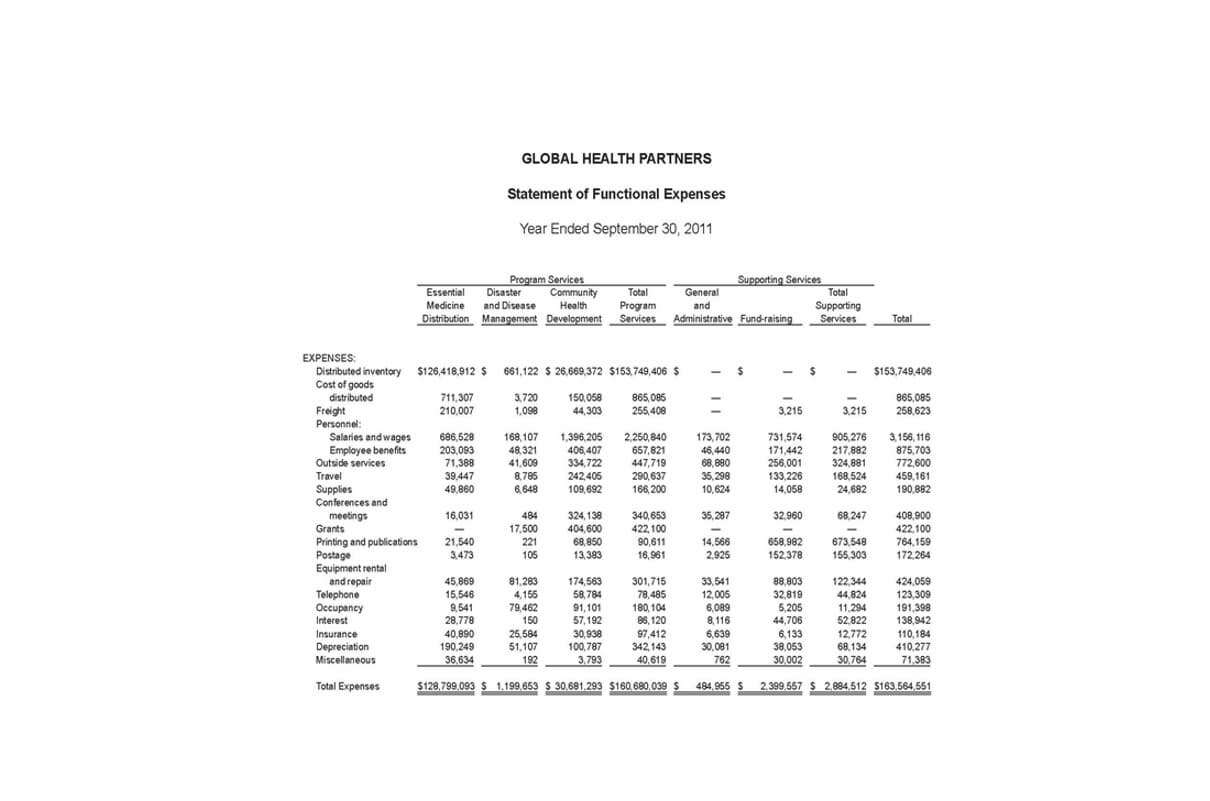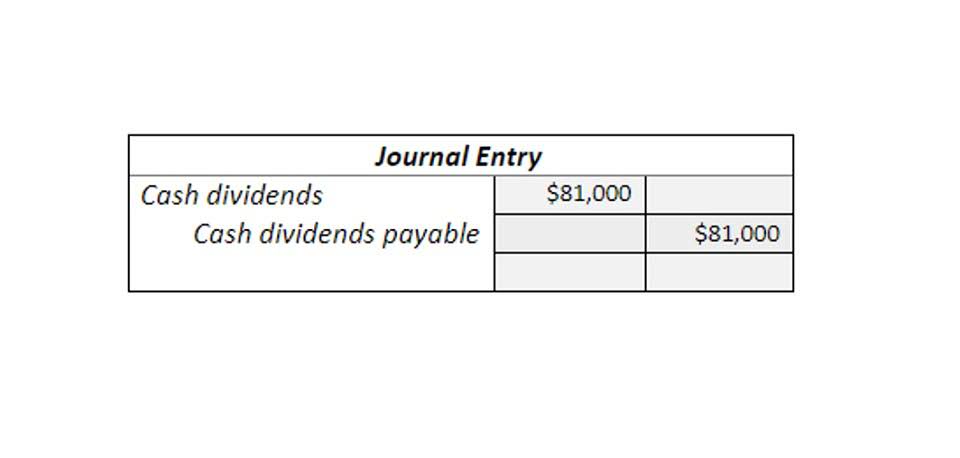Posting to the General Ledger Accounting 101
24/01/2023



 Email Marketing
Email Marketing

After journal entries are made, the next step in the accounting cycle is to post the journal entries into the ledger. Posting refers to the process of transferring entries in the journal into the accounts in the ledger. To post a journal entry, the first step is indeed to identify the ledger account where the debited account will appear. Posting balances are exercised to track the records and can be easily called for. They support cross-verification and ensures arithmetical accuracy which can be rechecked. Therefore, it helps in detecting mistakes of the accounting that enables smooth running of a business.
When each entry is posted its ledger account the journal entry number is usually placed next to the entry in the T-account. This leaves and audit trail to follow back all of the entries in the ledgers back to the original entries posting definition in accounting in the journal. In this step of the accounting cycle an accountant takes total credits and debits recorded in categorized sub-ledgers and posts them into the general ledger to be used for official accounting statements.
What is the difference between cash posting and payment posting?
The posting date is important in determining the accuracy of the financial records, as it reflects the timing of the transaction in the books. Ledger is the most important book of accounts and is also known as the principal book of accounts. It has accounts of all the heads and gives the summary of each account with the balances and totals at a glance to take business decisions. Therefore, to have this total and accurate information, all journal entries must be recorded in the ledger accounts of different accounts. Since the volume of transactions is small, there is a general ledger (or posting accounting definition) for all the journal entries that may have transacted over some time.
The most common options include the actual posting date, the date the transaction is entered into the system, or the last day of the period in which the transaction occurred. It is important to choose the option that works best for your business and accounting system to ensure accurate recording of transactions. Posting dates are essential to ensure that financial statements are accurate. Financial statements are used by investors, creditors, and other stakeholders to make decisions about the company.
Order To Cash
In the world of ERPs, posting has been automated and reduced to just a click of a button. A general ledger explains the further step of accounting commonly called posting accounting definition. It refers to keeping records or hold information of individual accounts operations separately that are mentioned in the journal. Late or unpaid invoices can tie up resources and strain client relationships. Therefore, an expedient cash posting system aids in effective cash flow management, reducing the risk of payment delays, and ensuring a seamless supply chain. Mastering cash posting is fundamental for businesses of all sizes, from startups to well-established companies.
On the other hand, posting dates refer to the date on which a transaction is actually recorded in the accounting system. Understanding the relationship between transaction dates and posting dates is essential for bookkeepers, accountants, and business owners alike. When it comes to bookkeeping, posting dates are essential in ensuring accurate records of financial transactions. Posting dates determine when transactions are recorded in the books, which affects the financial statements and reports generated by the system. There are different types of posting dates in bookkeeping, each with its own purpose and significance.
What is posting in accounting?
If you debit an account in a journal entry, you will debit the same account in posting. If you credit an account in a journal entry, you will credit the same account in posting. After transactions are journalized, they can be posted either to a T-account or a general ledger. Remember – a ledger is a listing of all transactions in a single account, allowing you to know the balance of each account. The ledger for an account is typically used in practice instead of a T-account but T-accounts are often used for demonstration because they are quicker and sometimes easier to understand. The general ledger is a compilation of the ledgers for each account for a business.
Businesses should maintain a record of all transactions, including the date, amount, and description of the transaction. This information should be kept in a secure location and easily accessible when needed. The most accurate way to record a transaction is to use the actual transaction date. This method ensures that the financial statements reflect the exact date when the transaction occurred.
Learn how the FTC protects free enterprise and consumers
To speed up action, you may hire accounting professionals or purchase accounting software to ensure accurate financial audits and reporting. This is the practice of recording and reporting financial transactions and cash flows. This type of accounting is particularly needed to generate financial reports for the sake of external individuals and government agencies.

This is particularly true for businesses that operate in multiple locations or with international clients. It is the date when the payment was made, and it is useful for businesses that have a delay between the invoice and the payment. However, it may not be the best option for businesses that have a delay between the transaction and the payment. It is the date when the invoice was issued, and it is useful for businesses that have a delay between the transaction and the payment.
loading...
loading...

Lascia un commento
Devi essere connesso per inviare un commento.